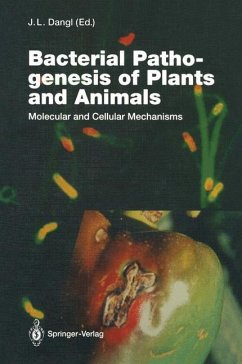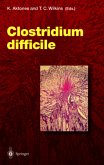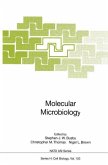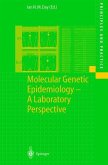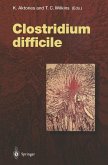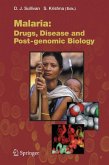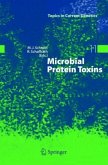The last decade has seen an explosion in our understanding of how bacterial pathogens trick, cajole, usurp and parasitize their various hosts. This renaissance is due to the convergence of molecular and cellular techniques with the power of microbial genetics. The purpose of this volume is to introduce recent advances in understanding selected systems chosen from both plant and animal hosts of bacterial pathogens. This somewhat nonobvious choice of topics was spurred by the recent findings, detailed by several conributors to this volume, of common systems used to secrete virulence factors from pathogens of both plants and animals. These serendipitous findings underscored the importance of basic research approaches to parallel problems in biology. More importantly, they brought together investigators who may not have otherwise become conversant with each other's experimental systems. I, for one, find the kinds of synergism reflected in a volume of this sort to be one of the most pleasant aspects of science and hope that the reader, whether a newcomer to the field or an expert, can find a new slant to old problems in the reviews contained h,E:lre. It was, however, necessary to limit volume length, and this has forced the exclusion of a number of fascinating bacterial pathosystems.
"This is an outstanding book that is extremely well-written and it is a pleasure to read. It is thought-provoking and, as such, it would be useful as an undergraduate text, perhaps for an advanced special course...The editor and his contributors are to be congratulated." Letters in Applied Microbiology

